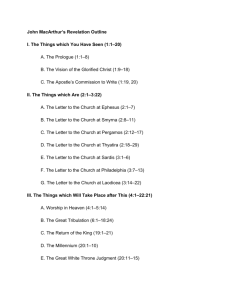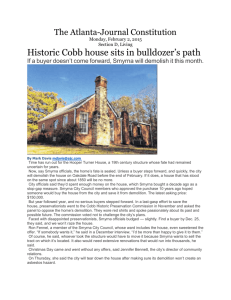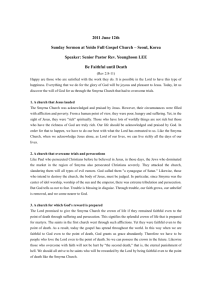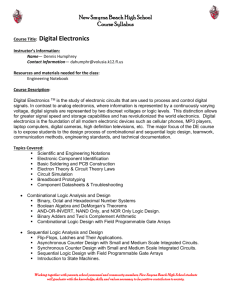Proposal for the 3rd MMHN Conference Tim Roberts
advertisement
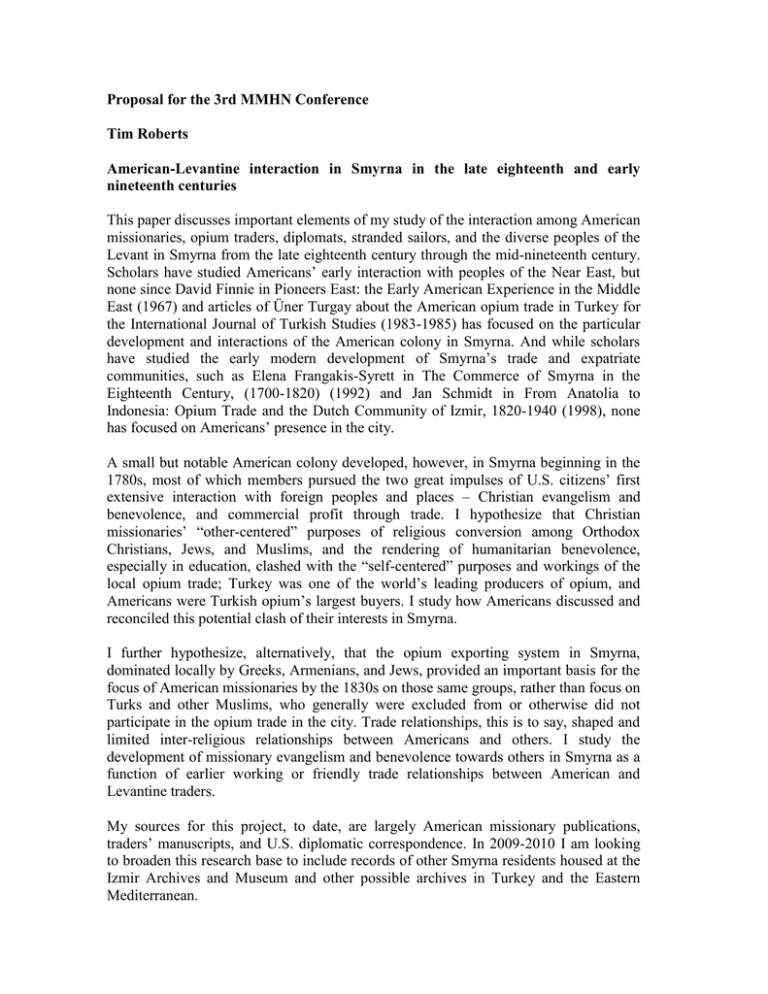
Proposal for the 3rd MMHN Conference Tim Roberts American-Levantine interaction in Smyrna in the late eighteenth and early nineteenth centuries This paper discusses important elements of my study of the interaction among American missionaries, opium traders, diplomats, stranded sailors, and the diverse peoples of the Levant in Smyrna from the late eighteenth century through the mid-nineteenth century. Scholars have studied Americans’ early interaction with peoples of the Near East, but none since David Finnie in Pioneers East: the Early American Experience in the Middle East (1967) and articles of Üner Turgay about the American opium trade in Turkey for the International Journal of Turkish Studies (1983-1985) has focused on the particular development and interactions of the American colony in Smyrna. And while scholars have studied the early modern development of Smyrna’s trade and expatriate communities, such as Elena Frangakis-Syrett in The Commerce of Smyrna in the Eighteenth Century, (1700-1820) (1992) and Jan Schmidt in From Anatolia to Indonesia: Opium Trade and the Dutch Community of Izmir, 1820-1940 (1998), none has focused on Americans’ presence in the city. A small but notable American colony developed, however, in Smyrna beginning in the 1780s, most of which members pursued the two great impulses of U.S. citizens’ first extensive interaction with foreign peoples and places – Christian evangelism and benevolence, and commercial profit through trade. I hypothesize that Christian missionaries’ “other-centered” purposes of religious conversion among Orthodox Christians, Jews, and Muslims, and the rendering of humanitarian benevolence, especially in education, clashed with the “self-centered” purposes and workings of the local opium trade; Turkey was one of the world’s leading producers of opium, and Americans were Turkish opium’s largest buyers. I study how Americans discussed and reconciled this potential clash of their interests in Smyrna. I further hypothesize, alternatively, that the opium exporting system in Smyrna, dominated locally by Greeks, Armenians, and Jews, provided an important basis for the focus of American missionaries by the 1830s on those same groups, rather than focus on Turks and other Muslims, who generally were excluded from or otherwise did not participate in the opium trade in the city. Trade relationships, this is to say, shaped and limited inter-religious relationships between Americans and others. I study the development of missionary evangelism and benevolence towards others in Smyrna as a function of earlier working or friendly trade relationships between American and Levantine traders. My sources for this project, to date, are largely American missionary publications, traders’ manuscripts, and U.S. diplomatic correspondence. In 2009-2010 I am looking to broaden this research base to include records of other Smyrna residents housed at the Izmir Archives and Museum and other possible archives in Turkey and the Eastern Mediterranean. CV I am an assistant professor of history at Western Illinois University, in America. I received a Ph.D. from the University of Oxford in 1998. The University of Virginia Press published my book Distant Revolutions: 1848 and the Challenge to American Exceptionalism in 2009. I previously published on this same topic in the Journal of the Early Republic, Patterns of Prejudice, the Journal of the West, and the Bulletin of the Historical Society. From 2002 to 2008 I was an assistant professor of history at Bilkent University in Ankara, Turkey. In my research on Americans in Smyrna I previously have presented at conferences of the Society of Historians of American Foreign Relations, the association of British American Nineteenth Century Historians, and the World History Association. My full c.v. is online at: http://www.wiu.edu/history/pdf/RobertsVita.pdf.
